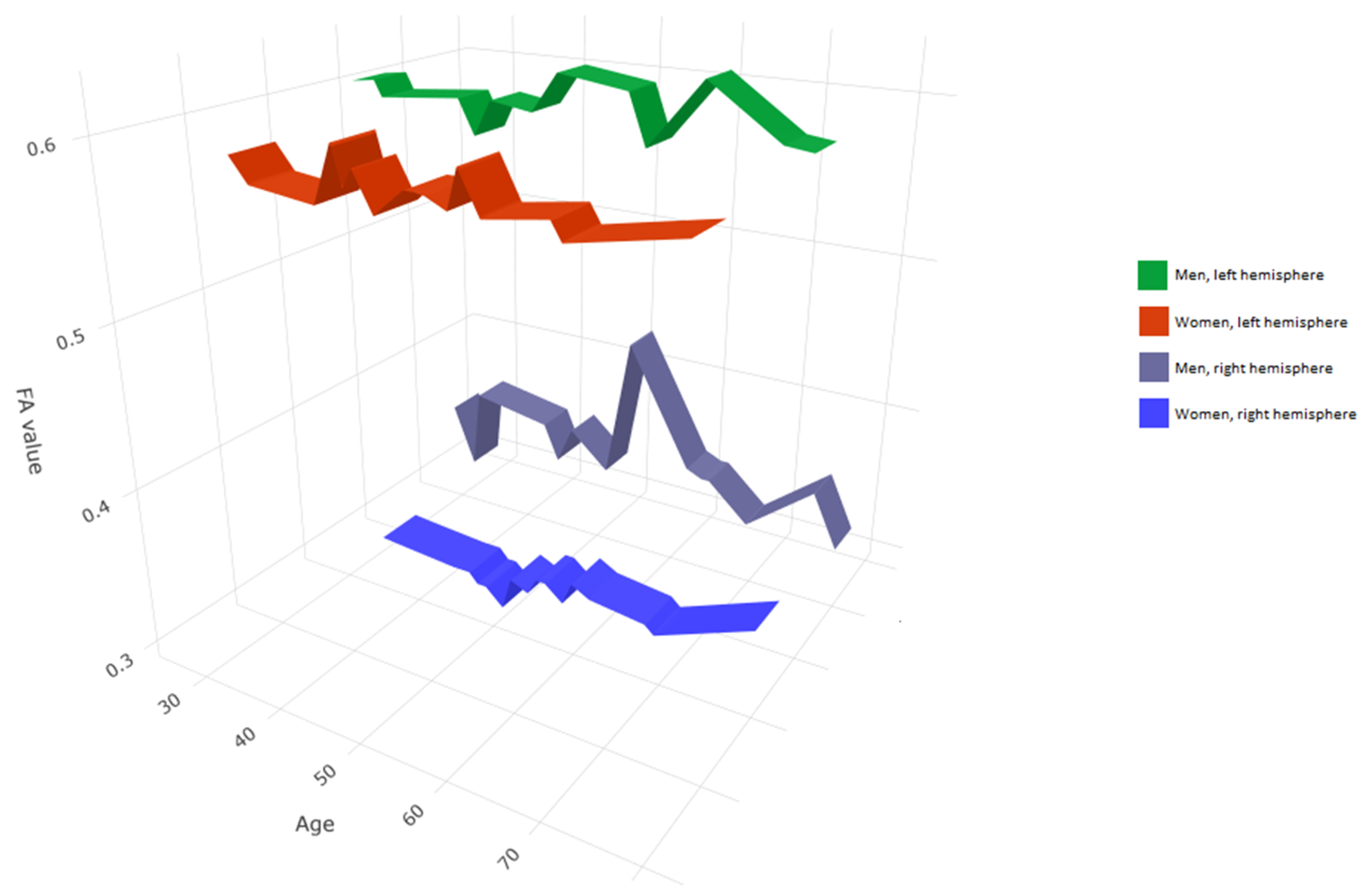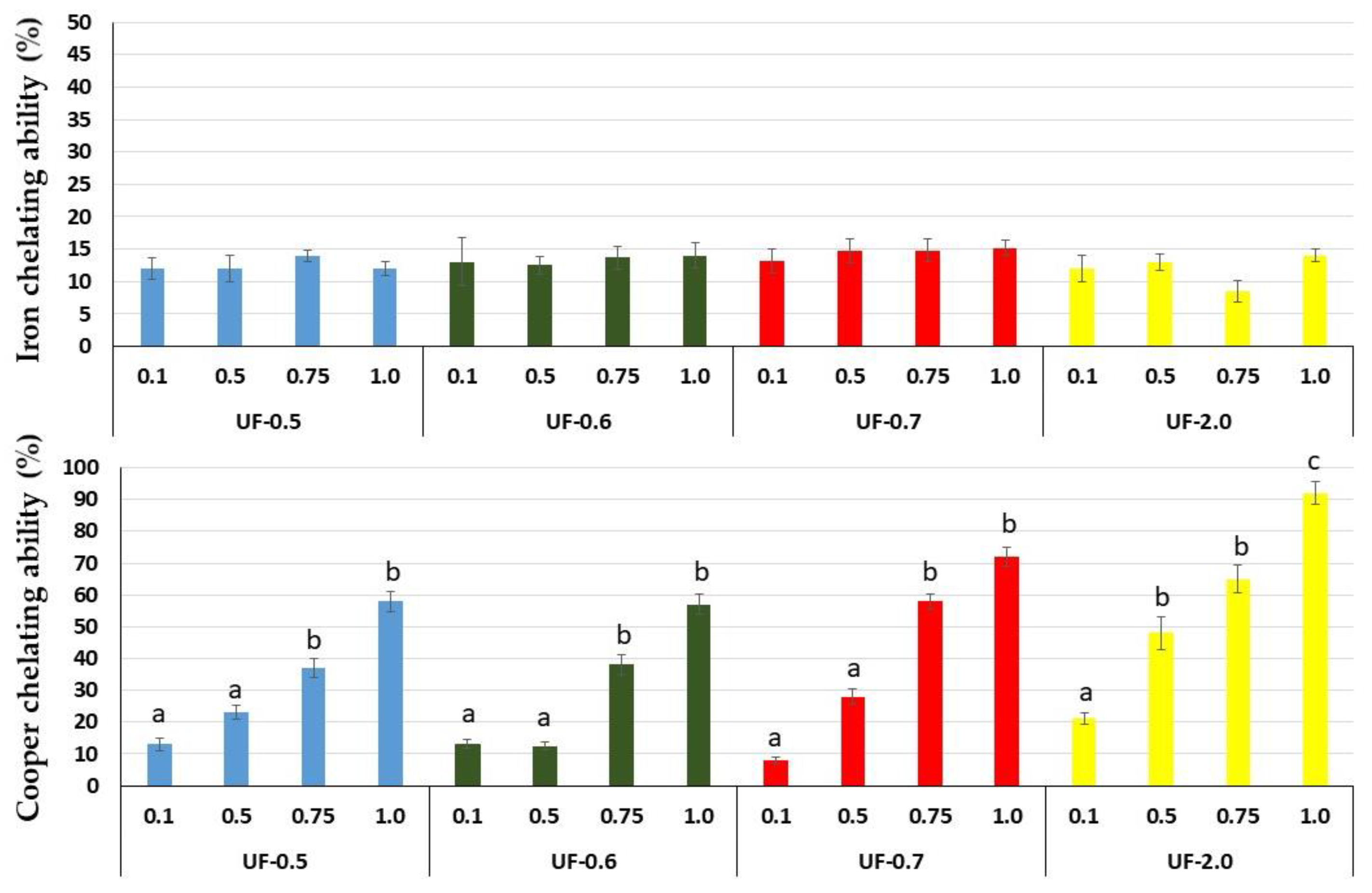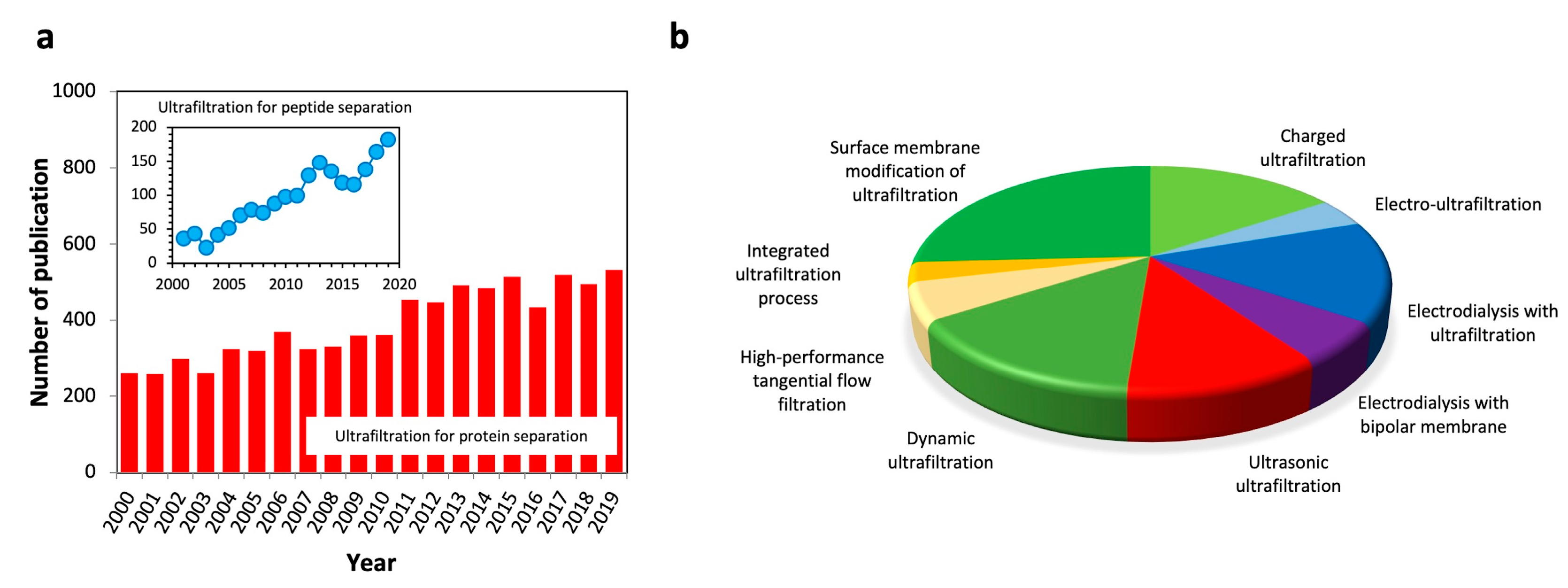


Comparative analysis of two methodologies for the identification of urinary red blood cell casts. Ito, CA, Pecoits-Filho, R, Bail, L, Wosiack, MA, Afinovicz, D, Hauser, AB. Urinary erythrocyte morphology as a diagnostic aid in haematuria. Urinalysis for the diagnosis of glomerulonephritis: role of dysmorphic red blood cells. Hamadah, AM, Gharaibeh, K, Mara, KC, Thompson, KA, Lieske, JC, Said, S, et al. Small red blood cell fraction on the UF-1000i urine analyzer as a screening tool to detect dysmorphic red blood cells for diagnosing glomerulonephritis. Kim, H, Kim, YO, Kim, Y, Suh, JS, Cho, EJ, Lee, HK. Use of autoanalyser to examine urinary-red-cell morphology in the diagnosis of glomerular haematuria. Shichiri, M, Oowada, A, Nishio, Y, Tomita, K, Shiigai, T. Red-cell-volume distribution curves in diagnosis of glomerular and non-glomerular haematuria. Shichiri, M, Hosoda, K, Nishio, Y, Ogura, M, Suenaga, M, Saito, H, et al. Japanese guidelines of the management of hematuria 2013. Horie, S, Ito, S, Okada, H, Kikuchi, H, Narita, I, Nishiyama, T, et al. Informed consent: Informed consent was obtained from patients through an opt-out form posted on the hospital wall.Įthical approval: Research involving human subjects complied with all relevant national regulations, institutional policies and is in accordance with the tenets of the Helsinki Declaration (as revised in 2013), and has been approved by the authors’ Institutional Review Board Ethics Review Committee of Fujita Health University or equivalent committee (approval no. All authors reviewed the manuscript.Ĭompeting interests: The authors declare no potential conflicts of interest. Hata T assumes the primary responsibility for the final content.

Hoshi M, Ito H, and Hata T conducted the study. Mizuno G, Hoshi M, and Nakamoto K wrote the manuscript. Mizuno G, Hoshi M, Nakamoto K, Sakurai M, Nagashima K, Fujita T, Ito H, and Hata T discussed the results. Mizuno G, Hoshi M, and Nakamoto K were responsible for the data integrity and analysis. Mizuno G, Hoshi M, Nakamoto K, Sakurai M, Nagashima K, and Fujita T performed the experiments. H.).Īuthor contributions: Mizuno G and Hoshi M planned the study. Research funding: This study was supported by a Fujita Health University Grant (M. We would like to thank Editage ( for English language editing. The RBC parameters of the UF-5000, specifically UF-%sRBCs and Lysed-RBCs, showed good cut-off values for the diagnosis of GN. In the NGN group, the cut-off values showed low sensitivity (56.0% for UF-%sRBCs and 44.0% for Lysed-RBCs). Moreover, there was no significant difference in the sensitivity between the IgA nephropathy and non-IgA nephropathy groups (87.1 and 89.8% for UF-%sRBCs and 83.9 and 78.4% for Lysed-RBCs, respectively). The cut-off value of UF-%sRBCs was >56.8% (area under the curve, 0.649 sensitivity, 94.1% specificity, 38.1% positive predictive value, 68.3% and negative predictive value, 82.1%), while that for Lysed-RBC was >4.6/μL (area under the curve, 0.708 sensitivity, 82.4% specificity, 56.0% positive predictive value, 72.6% and negative predictive value, 69.1%). The UF-%sRBCs and Lysed-RBCs values differed significantly between the GN and NGN groups. Hematuria samples from 203 patients were analyzed using the UF-5000 and blood and urine chemistries to determine the cut-off values of RBC parameters for GN and non-glomerulonephritis (NGN) classification and confirm their sensitivity to the IgA nephropathy and non-IgA nephropathy groups. As an alternative, the fully automated urine particle analyzer UF-5000 can interpret the morphological information of the glomerular red blood cells (RBCs) using parameters such as UF-5000 small RBCs (UF-%sRBCs) and Lysed-RBCs. The microscopic examination of hematuria, a cardinal symptom of glomerulonephritis (GN), is time-consuming and labor-intensive.


 0 kommentar(er)
0 kommentar(er)
